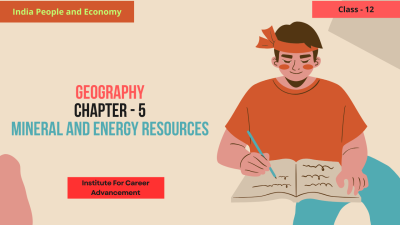Tertiary and Quaternary Activities - Class 12
Tertiary activities involve the provision of services to individuals and businesses. This sector has grown rapidly in most economies and includes a wide range of services like transportation, communication, trade, banking, and tourism. Quaternary activities are a specialized subset of tertiary activities focused on knowledge-based services. They involve the collection, processing, and dissemination of information. Examples include research, development, and information technology. In essence, while tertiary activities cater to basic needs and wants, quaternary activities deal with higher-order services that drive innovation and economic growth. তৃতীয় পর্যায়ের ক্রিয়াকলাপগুলি ব্যক্তি এবং ব্যবসায়ের জন্য পরিষেবার বিধানের সাথে জড়িত। এই ক্ষেত্রটি বেশিরভাগ অর্থনীতিতে দ্রুত বৃদ্ধি পেয়েছে এবং এতে পরিবহন, যোগাযোগ, বাণিজ্য, ব্যাঙ্কিং এবং পর্যটনের মতো বিস্তৃত পরিষেবা অন্তর্ভুক্ত রয়েছে। কোয়াটারনারি ক্রিয়াকলাপগুলি জ্ঞান-ভিত্তিক পরিষেবাগুলির উপর দৃষ্টি নিবদ্ধ করে তৃতীয় পর্যায়ের ক্রিয়াকলাপগুলির একটি বিশেষ উপসেট। এগুলির সঙ্গে তথ্য সংগ্রহ, প্রক্রিয়াকরণ এবং প্রচার জড়িত। উদাহরণের মধ্যে রয়েছে গবেষণা, উন্নয়ন এবং তথ্য প্রযুক্তি। মূলত, তৃতীয় পর্যায়ের ক্রিয়াকলাপগুলি মৌলিক চাহিদা এবং চাহিদাগুলি পূরণ করে, চতুর্থ পর্যায়ের ক্রিয়াকলাপগুলি উচ্চতর-অর্ডার পরিষেবাগুলির সাথে সম্পর্কিত যা উদ্ভাবন এবং অর্থনৈতিক প্রবৃদ্ধিকে চালিত করে।
English
Last updated
Wed, 27-Nov-2024



















